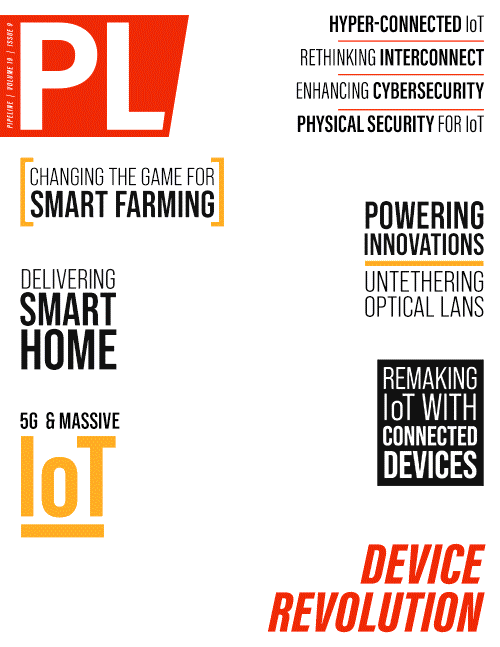How Connected Devices Will Remake IoT Systems
The second dimension applies to the data that connected machines and sensors provide. Better decisions and greater value can be obtained when data is shared across departmental and organizational boundaries. For example, tracking the quality of perishable food depends on sharing data about storage conditions for each intermediary in the delivery chain. The ability of supply chain partners to use a common provenance tracking language is another form of interoperability.
As more business-critical decisions are automated in the future, industrial users will demand greater transparency and information from systems that combine IoT and AI capabilities. For example, a plant manager is unlikely to halt a production line without some insight into the reasoning of an automated condition-monitoring system. Transparency and confidence in the reasoning process relies on smarter IoT devices and sensors. That involves providing contextual data alongside measurement data. The former helps users to gauge the reliability of IoT data points.
Implications of IoT Device Innovation
Future growth in IoT devices will be driven by constrained devices. These are small form-factor, low-processing power, and low energy-consuming devices that can remain operationally active for many years. Researchers are already exploring wireless sensors that can be embedded in walls, bridges, and other structures at the point of construction. A combination of long battery life and reliance on alternative energy sources feature on the technology roadmap for such devices. Some will rely on harvesting energy from radio frequency sources. Others will include energy-optimizing intelligence so that IoT devices can remain dormant until they need to send or receive data.
Once IoT devices are treated as part of a system, designers will standardize systems engineering techniques to optimize the data payload. A practical example is where the IoT system is designed so that the contextual data that accompanies sensor readings need only be transmitted when changes occur. Sending less data will economize on a device’s energy use and operational longevity.
The cellular industry’s 5G and 6G roadmaps anticipate significant growth for IoT systems and solutions. In industry parlance, there is a gradual shift from enhanced mobile broadband (eMBB) associated with high-bandwidth consumer applications, to massive machine-type communications (mMTC) or the IoT. In addition to fueling industry growth, 6G promises to deliver new types of IoT devices, combining communications and sensing capabilities. This is where radio waves are used for communication and also map a device’s surroundings spatially. This “smarter” capability will be useful for context sensing, orientation, and positioning, enhancing the value of IoT devices.
Semantic Interoperability Makes Devices Smarter
Inevitably, IoT devices will need to become smarter to maximize their in-service lives and enhanced sensing capabilities. This will involve another step-change in IoT device and system technologies. Specifically, IoT devices need an interoperable language to voice their full capabilities. This becomes possible by adding semantic interoperability capabilities to sensors design and communications.
These new capabilities combine standardized data models and common service functions that allow system developers to discover, query, and update IoT devices dynamically. An example of this is the Smart Applications REFerence (SAREF) ontology. Developed in close consultation with industry, SAREF provides a shared model of consensus to enable semantic interoperability for smart appliances. SAREF makes it possible for devices from multiple vendors to communicate with one another. The first three SAREF ontologies included variants for the energy, environment, and buildings sectors. Subsequent specifications dealt with smart city, industry and manufacturing, and smart agriculture and food chain domains. SAREF standards are designed to run on top of the oneM2M system of technical standards, which provide the communication and interworking framework for sharing data among IoT devices, platforms, and applications.
As users gain experience with operational IoT systems, their requirements are likely to incentivize vendors to align their solutions through standardization. As the cellular communications industry has proven, this is the pathway to massive scale. A future involving billions of connected IoT devices represents the tip of the iceberg. Its unseen mass represents the infrastructure necessary to support connectivity, data communications, semantic interoperability, and decision-making transparency. Standardization makes it easier for everything to work together. The IoT device revolution will occur as devices become smarter so that any device from any vendor can be discovered and used by any application.



















